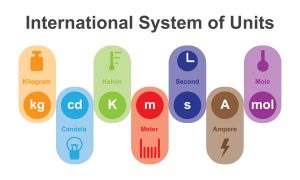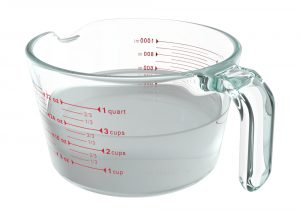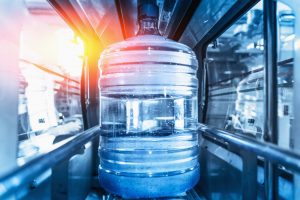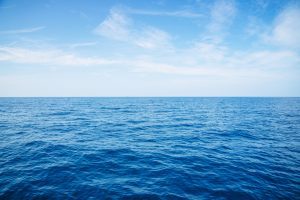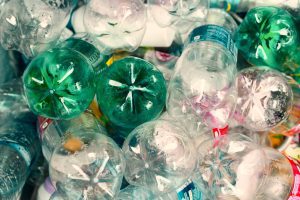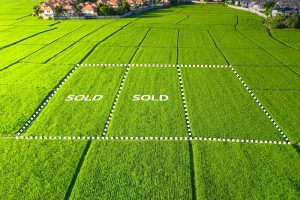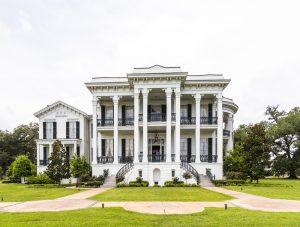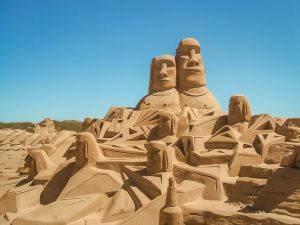A liter is a metric unit used for measuring both capacity and volume, previously distinguished as the volume of a kilogram of liquid (specifically, water), under basic conditions presently proportional to a thousand cubic centimeters.
You can measure a liter in multiple ways depending on the metric unit you’re comparing it to.
If you have a liter bottle of water and want to convert the liter to pints or cups, one liter is equivalent to 1.75 pints, or 4 to 4.2 cups based on the measuring system you use.
Table of Contents
What is the history of a liter?
From 1901 until 1964, a liter was based on the volume of a kilogram of fresh water under the circumstances of maximum concentration at air pressure.
Nevertheless, because of the volume mass, the connection of water is dependent on several parameters that can be difficult to manage.

Factors such as isotopic uniformity, purity, pressure, and temperature, as well as the revelation that the prototype kilogram was somewhat too large, all contributed to the reversion of the liter’s meaning to its prior, and present, definition.
The liter is currently used to measure the volume of several liquids and to tag receptacles holding these liquids.
It is also used to quantify non-liquid quantities such as car trunks, knapsacks, mountaineering packs, CPU coolers, microwaves, fridges, and recycle bins, as well as to indicate fuel amounts and pricing in most nations worldwide.
How do you weigh liters of water?
The density of water alters slightly with temperature, affecting the mass of the same volume.
When calculated at its maximum density, which happens at roughly 4°C, one liter of water has a mass of about one kilogram.
Similarly, a milliliter (1 mL) of water weighs approximately 1 g, while 1,000 liters of water have a mass of approximately 1,000 kg (1 ton).
How many liters of water make a gallon?
1 Gallon [Fluid, US] = 3.7854118 Liters
1 Gallon [Dry, US] = 4.4048838 Liters
1 Gallon [UK] = 4.54609 Liters
US Liquid Gallon
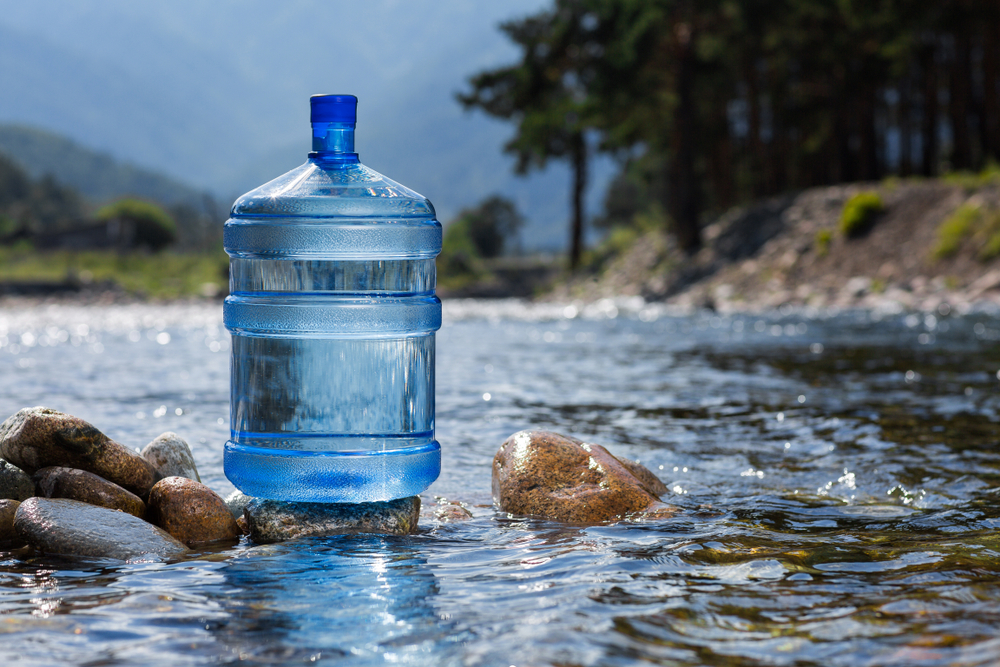
A US liquid gallon is measured as 3.7854 liters as well as 231 cubic inches. At 62°F (17°C), a US liquid gallon of water is equivalent to 3.78 kg as well as 8.34 pounds.
It should be noted that a US gallon weighs 16.6% less than an imperial gallon. A US gallon, like an imperial gallon, is split into four quarts that are each separated into two pints, and every pint holds 16 US fluid ounces.
As a result, it requires 128 US fluid ounces to create a US liquid gallon. It is also typical to include the temperature at which a substance will weigh or fill a specific capacity.
This is done to compensate for the volume or mass change caused by temperature changes. In the United States, the mass of alcohol and oil products is specified as 60°F (16 °C).
Dry Gallon (US)
The US dry gallon is equivalent to one-eighth of a Winchester bushel, 268.8025 cubic inches, and 4.4.5 liters.
How many cups are in a liter?
0.01 L is equivalent to 0.0422675284 cups (US).
A cup is a volume unit in the imperial and US customary measuring systems. The metric cup is 250 milliliters.
One US customary cup is equivalent to 236.5882365 milliliters, 1/16 US customary gallon, 8 US customary fluid ounces, 16 US typical tablespoons, or 48 US conventional teaspoons.
Current usage: The cup is commonly used in the culinary arts to measure liquid and solid ingredients and also portion sizes.
Real beverage cups can vary considerably in size and are therefore not a suitable depiction of this unit. Therefore, precise measuring cups are utilized.
How many cups does one liter of water equal?
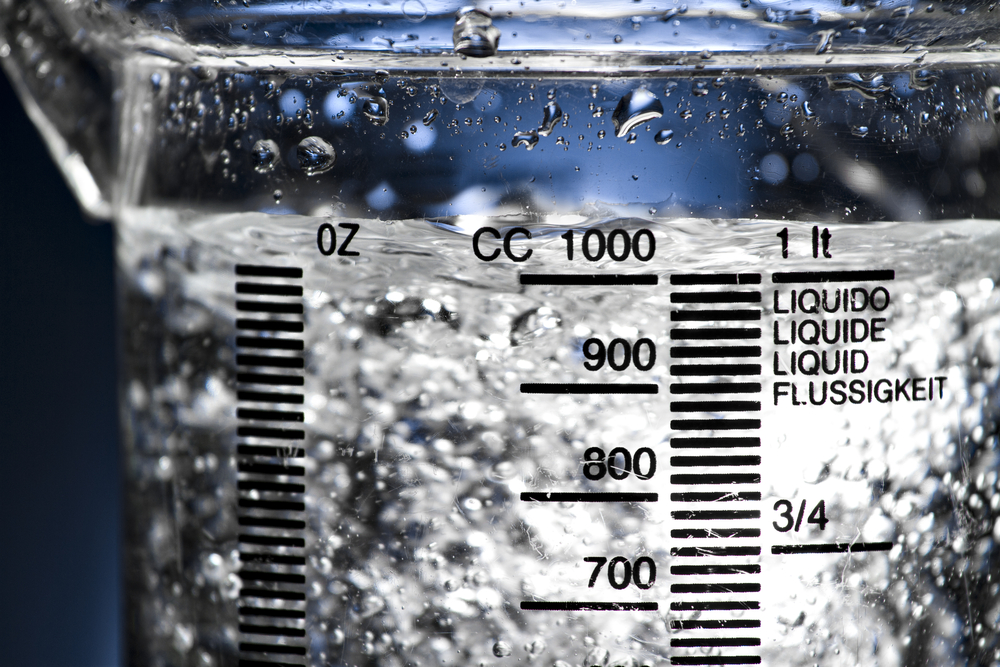
A liter contains about 4.2 (4.2268) US cups of water.
This uncommon liquid percentage may perplex some, particularly those who seek accuracy when calculating recipe criteria.
One simple solution would be to use a digitized weighing scale or measuring cups for the US, metric, and imperial systems. Nevertheless, don’t you wish there were universally used measurements?
Metric System
Many nations have been utilizing metric measurements for quite some time. For decades, the United Kingdom has heavily encouraged metrication.
One of the reasons why most regions prefer the metric system is its practicality.
The units of measurement are premised on the theory of tens, where the next unit step either goes up or down by a power of ten.
The scenario below demonstrates how all of these function for measurement methods.
10 milliliters is 1 centiliter.
10 centiliters is 1 deciliter.
1 liter is equal to 10 deciliters.
The symmetry in the increments may make it a lot easier for many people to comprehend the measures and perform quick head conversions.
Surprisingly, the metric system also offers a conventional “cup” measurement of 250 milliliters. In the metric system, a liter of water contains exactly four cups.
Imperial System
Although the metric system of measuring is being promoted in the UK, some people still prefer imperial measurements, particularly when it comes to culinary amounts.
The following shows the fundamental volume units in imperial measurements.

1 imperial gallon = 4 imperial quarts
1 imperial quart = 2 imperial pints
1 imperial pint = 4 imperial gills
1 imperial gill = 5 imperial fluid ounces
The UK imperial system has its own “cup” measurement. Utilizing the metric system, the UK imperial system cup is roughly 284.13 milliliters, implying that a liter contains around 3.5 imperial cups.
How many glasses of water are in 1 liter?
A glass of water has an approximate volume of 8 ounces, while 1 liter equals 32 ounces. A liter is equivalent to four glasses of water.
Let us explain this using the following example:
Even though the volume of glass differs due to the lack of a set size, experts regard a glass of water to still be 8 ounces in volume, and a liter to be 32 ounces in volume.
As a result, 1 liter of water equals 32 divided by 8 = 4 glasses of water. As a result, one liter equals four glasses of water.
How many liters of water should we drink per day?
How much water you require is determined by a variety of factors.
The US National Academies of Sciences, Engineering, and Medicine have the following general guidelines for adults:
- Women should consume 11.5 cups (2.7 liters) of water every day.
- Men should consume 15.5 cups (3.7 liters) of water each day.
Your body is approximately 60% water, and health authorities recommend that we drink approximately two liters of water per day to maintain this amount.
Throughout the day, the body loses water, primarily through urine and sweat, but also through normal body functions such as breathing.
To avoid dehydration, drink enough water and eat plenty of fruits and vegetables every day.
There are many divergent viewpoints on how much water you must drink each day. Experts usually advise eight 8-ounce glasses of water every day, which equates to around 2 liters, or half a gallon.
Some experts, however, feel that you should drink water continually during the day, even if you aren’t thirsty. This, like most things, is dependent on the person.
Numerous elements (whether internal or external) eventually influence how much water you require.
Can a liter of water intoxicate you?

Is it safe to consume an entire liter of water in one go? Excessive water consumption might result in water intoxication. This is uncommon and usually occurs in endurance athletes.
There are no formal recommendations for how much water to consume. Some authorities recommend consuming no more than 0.8 to 1.0 liters of water each hour to avoid water intoxication.
Is a quart of milk equal to a liter of water?
In your home, a quart of milk is extremely near to a liter of water, but not the same. A quart of milk contains 0.946 liters.
One liter is equivalent to one kilogram of water. One liter equals 1.0567 liquid US quarts; hence a quart is somewhat greater in volume.
Two other quart measurements are commonly used: dry US quart and UK quart. Quarts in the United Kingdom and dry quarts in the United States are both slightly smaller than liters.
One liter equals 0.90808 dry quarts in the United States and 0.87988 quarts in the United Kingdom. Chefs and gourmet pupils are two cases of people who may need to convert quarts to liters.
Numerous recipes require precise quantities; therefore chefs need to convert these volume measurements appropriately.
How much water should a child drink each day?
The recommended daily water intake for children is:
- 5 glasses for children aged 5 to 8 years (1 liter)
- 7 glasses for children aged 9 to 12 years (1.5 liters)
- 13-year-olds and up: 8 to 10 glasses (2 liters)
When children exercise, they require much more water. Even if your child isn’t thirsty, they should drink before, during, and after physical activity.
Dehydration is a problem for children, especially in hot weather as well as when they exercise.
They are likely dehydrated by the time they feel thirsty, therefore it is up to parents and caregivers to ensure they are drinking enough.
Children must stay hydrated
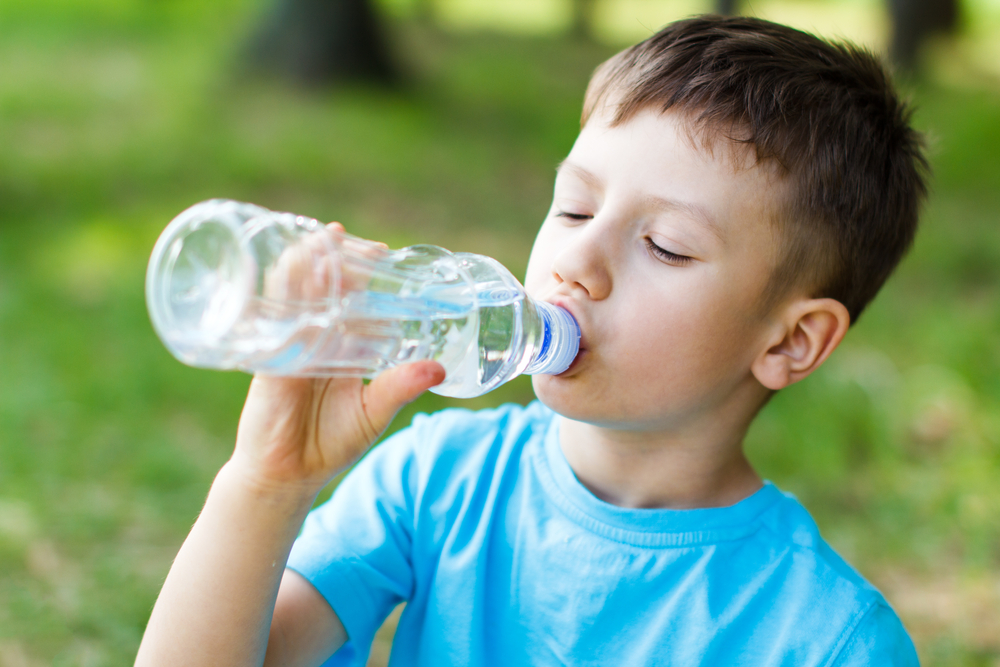
Water makes up about two-thirds of our body. Dehydration can contribute to poor athletic performance, fatigue, headaches, and crankiness, as well as major medical concerns.
Your child may be dehydrated if he or she exhibits the following symptoms:
- Light-headedness or dizziness
- A headache and nausea
- Urine that is dark yellow or brown dry lips, tongue, mouth, or throat
What does your child require?
Water is the best option for kids. Sports drinks, fruit juices, sodas, and flavored mineral waters should all be avoided since they contain sugar and are acidic, which could also contribute to dental disease.


